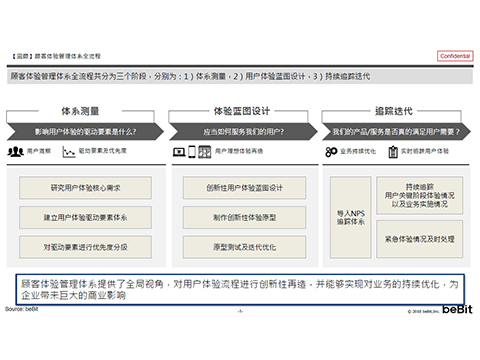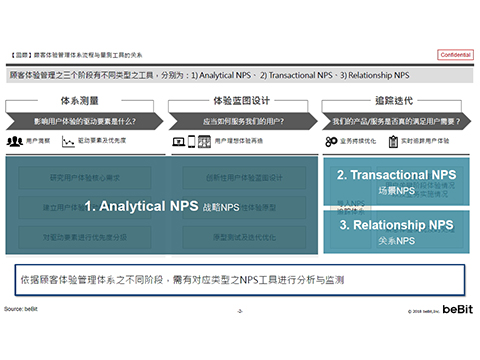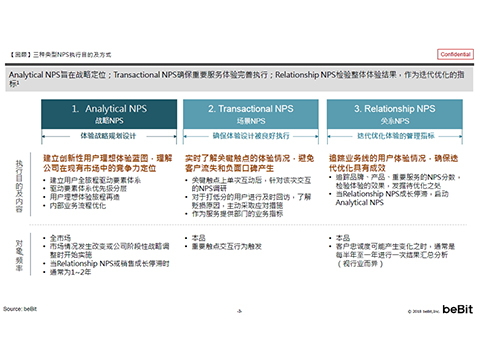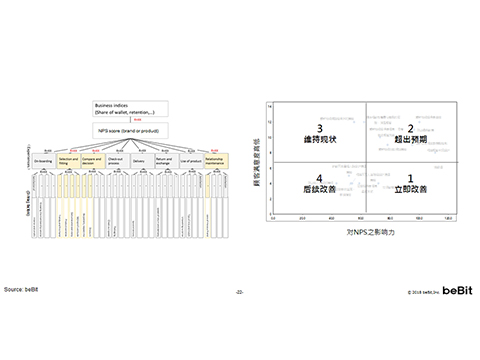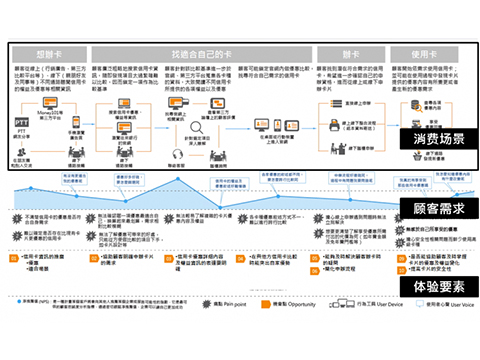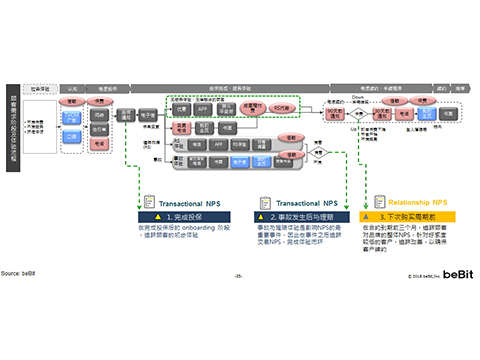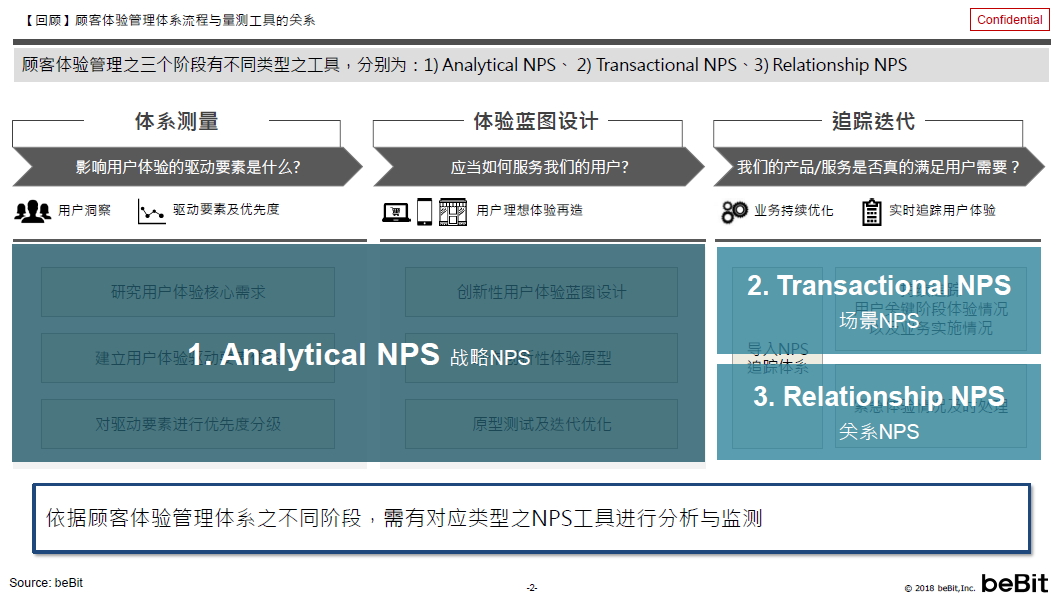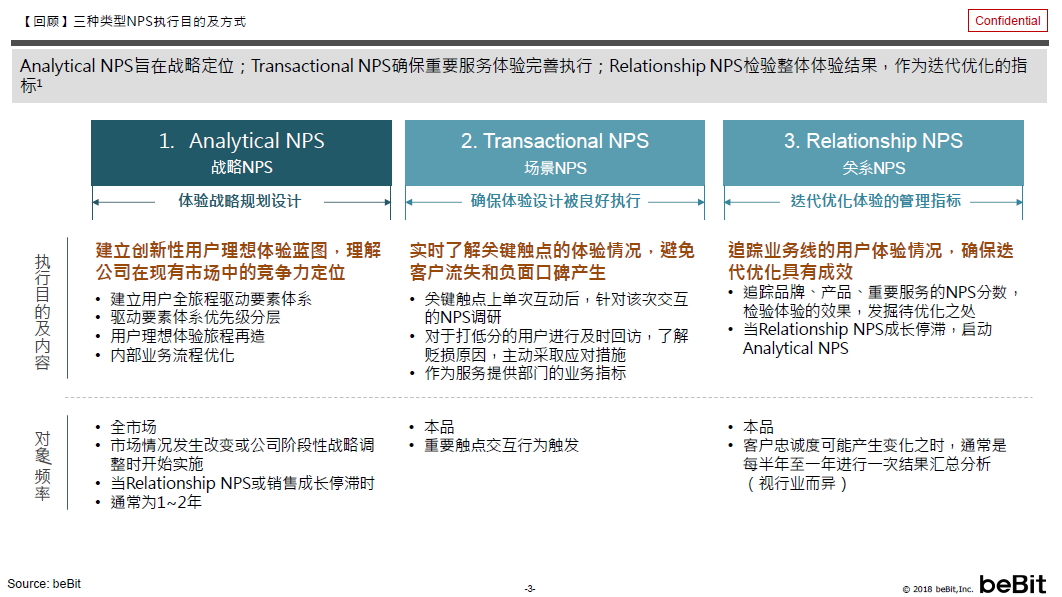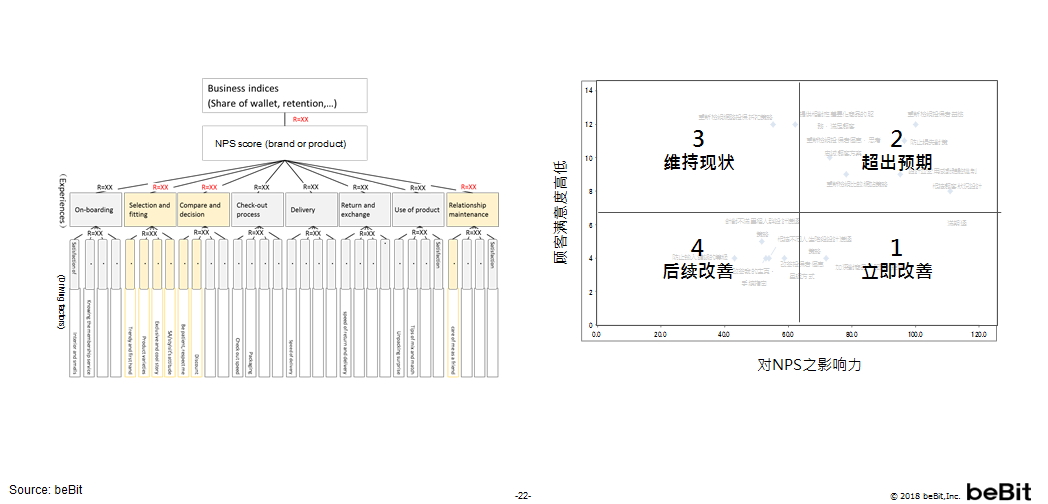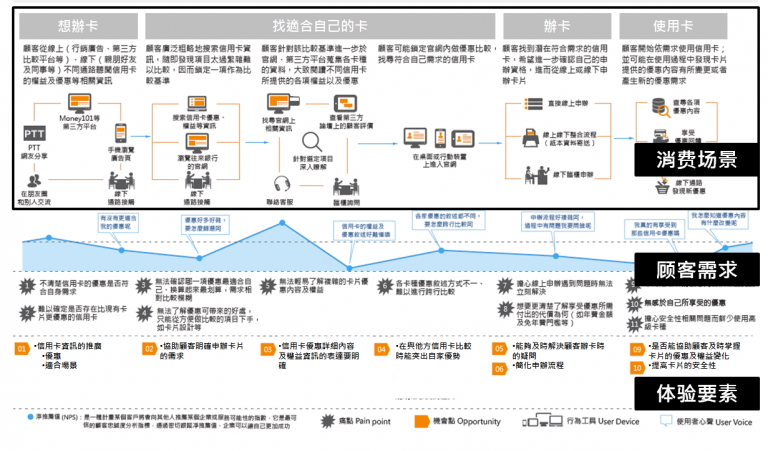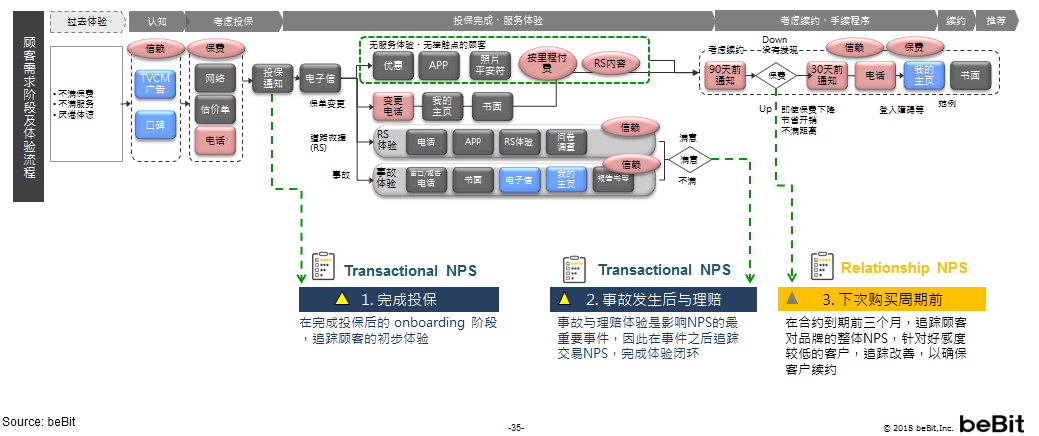-
 Genesis Chu
beBit
Senior Director
Genesis Chu
beBit
Senior Director
Partner and senior project director at beBit. Joined beBit from 2012, dedicating herself to combining design thinking method with traditional management consulting. Once worked for Ernst & Young.
NPS (Net promoter score), a strategic tool to manage your customer experience
User experience has gained popularity among business executives, and more and more companies have now dedicated to offering an excellent experience that not only keeps user loyalty to the products but stainable business growth to the brands. NPS, a tool to measure customer experience of your brand, therefore, is one of the methods that cannot be missed for advanced companies who are looking for effective ways of Customer Experience Management (CEM).
Throughout the years, the Net Promoter Score (NPS) has been broadly used for user-centric strategy innovation within companies. Among those in China, we found leading firms in specific industries such as Ping An Insurance (Group) Company, B2C E-commerce platform Tmall, Ant Financial and Chinese leading car-sharing service DiDi Chuxing have all applied the NPS system to manage the experience of their customers which carried out great business success. For example, the NPS of Ping An Insurance in 2014 and 2015 has raised 8% and 23% since it was first used in 2013. Moreover, in 2016, it raised even 30% compared to the previous year with the great amount of growth in numbers of individual users, new users, and monthly active users.
So you may ask, what is NPS? What is its relationship between corporate management or organizational operation? How could different departments in a firm apply this method to bring powerful business growth opportunities?
Through this workshop, you will be guided through the usage and value of NPS in the following 3 perspectives:
1. The introduction of NPS
When searching on the internet, NPS is often considered as a more accurate customer loyalty measurement tool than Customer Satisfaction. However, the effectiveness of NPS goes beyond an alternative to traditional customer satisfaction research. It measures the loyalty that exists between a provider and a consumer, based on that provides insights to advance the experience and brings back ongoing updates of the customer loyalty levels to the companies. This involves three stages - Analytical NPS, relationship NPS and Transactional NPS – each helps test the existence of current loyalty level, prioritize the tasks to be done for improvement and consistent integration of the follow-up experience.
2. In this workshop from a perspective of User Experience Strategist, participants will be guided to execute three stages of NPS mentioned above to experience the usage process of NPS and its value.
3. A successful NPS application in one company also involves full-scale organizational and process design, as well as full support from the C-level executives. As a result, we will also discuss tasks that would be given related to organizational communication and culture when applying the NPS system with real cases.
1. The misunderstanding and concept clarification of NPS
2. The innovative methodology of beBit (The relationship between Analytical NPS, Relationship NPS, and Transactional NPS)
3. Introduction of Analytical NPS
4. Hands-on Practice: Discover the structure of customer experience, find and prioritize drivers that affect it through a real case study
5. Introduction of Relationship NPS and Transactional NPS
6. Hands-on Practice: Design a suitable NPS system for a company, including the time, frequency and questionnaire
7. Case sharing: How to build and apply an effective and efficient NPS system in a company?
8. Personal Sharing: The highlights and painful moments of integrating UX into Organizations
1. PM
2. UX/CX department head
3. Management level
1. Understand the methodology of NPS
2. Learning how the advanced organization adopt the NPS methodology to manage their customer experiences
3. Learning how to use quantitative way to analyze the customer experience to make your strategy more convince-able
